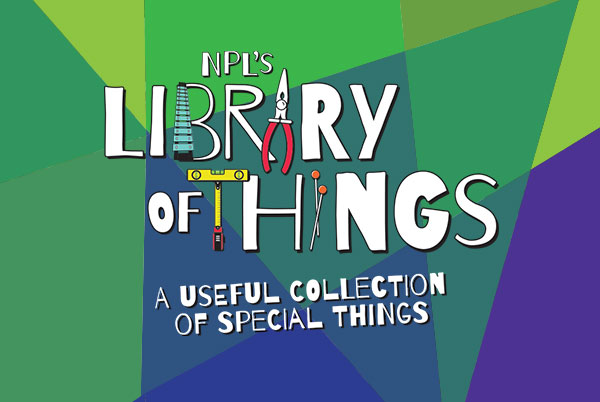Welcome back to All Things Eerie. The very best short stories of tonight’s author, Herman Cyril McNeile, also known as Sapper, are those in which the reader’s expectations are neatly, ingeniously, and very swiftly upended in the last sentences, frequently in the last few words. Although it is doubtful that Sapper believed in the supernatural, on the odd occasion he revealed a talent for making the flesh creep in some notable weird tales. Tonight’s story, “Touch and Go,” is less implausible than some of his yarns, and rather more grisly.
We come, this evening, to a strange crossroads of science and superstition. The issue at hand is whether stress, fear, or any of a number of unpleasant experiences are enough, in themselves, to make a person’s hair turn white. We who travel in ghostly and ghastly circles all know someone who knows someone who knows someone to whom this has happened.
